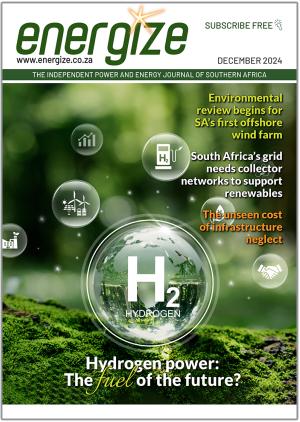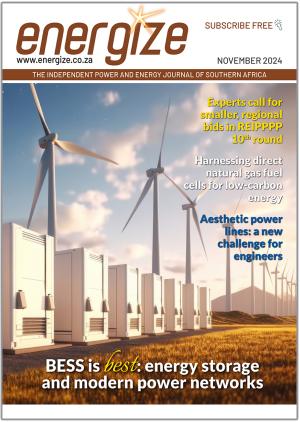Eskom has successfully synchronised Unit 2 of the Koeberg nuclear power station in Cape Town to the national grid after extensive upgrades under its Long-Term Operation (LTO) programme designed to extend Unit 2’s operational lifespan by 20 years.
The work on Unit 2 included replacement of three steam generators, inspections and refuelling to ensure safety and efficiency. The unit contributes 930 MW to the grid, supporting Eskom’s target to add 2 500 MW of generation capacity by March.
The National Nuclear Regulator is expected to decide on the extension of Unit 2’s operating licence this year. Unit 1’s licence has been renewed, extending its operation until 2044. Combined, the two units will supply 1 860 MW – about 5% of South Africa’s total electricity.
“By forming strategic collaborations with international designers, suppliers and industry leaders, Koeberg has established itself as a hub for nuclear innovation. These partnerships are anticipated to be crucial as South Africa explores advanced nuclear technologies, such as small modular reactors. This could position the country as a leader in cutting-edge nuclear solutions while continuing to build and maintain a skilled nuclear workforce,” says Eskom’s Group Executive: Generation Bheki Nxumalo.
Eskom expects Koeberg’s enhanced output will be fully realised in the 2026 financial year with Unit 2’s record of 498 consecutive days of operation and a 93% energy availability factor serving as a benchmark for future reliability.
As South Africa phases out ageing coal-fired power plants, nuclear energy is poised to provide a reliable and stable baseload supply, Nxumalo says. “Unlike intermittent renewable sources, nuclear power ensures continuous electricity generation, meeting the needs of residential and industrial users. Its ability to produce carbon-free energy also supports South Africa’s climate goals by reducing greenhouse gas emissions.”
Eskom’s Group Chief Executive Dan Marokane says: “While projects like the LTO programme necessitate a higher initial upfront investment, the long-term benefits – including decades of affordable, low-carbon energy – make them indispensable. Koeberg exemplifies how nuclear power can align economic and environmental priorities to create a sustainable energy future.”















